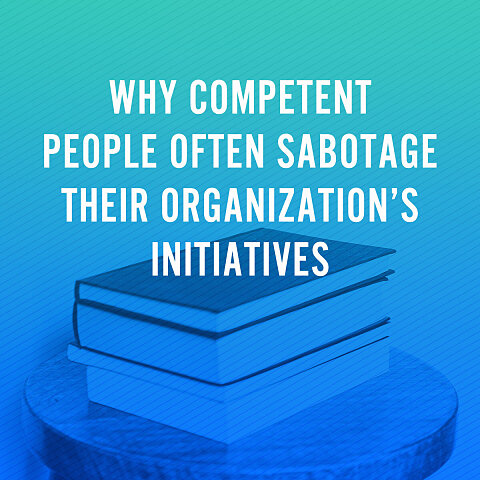The One SEO Tip No One is Talking About
By The A Group
Answer: Optimizing past blog posts. That’s it. That is the one SEO tip very few people are talking about. So if you’re interested in learning more about what that looks like, then keep reading. If you’re one of those people who reads the final chapter of a book before you even start the book, first of all shame on you, but I saved you from skimming all the way down to the “conclusion.” You’re welcome.
But why?
There was a recent study performed by the HubSpot blogging team that showed that 76% of their monthly blog views came from "old" posts (in other words, posts published prior to that month).
So we decided to do some data research of our own, and guess what we found. More than 80% of our monthly blog views came from “old” posts. We were shocked.
But we shouldn’t have been. This is exactly what inbound marketing is about: Creating SEO optimized blog posts that will continue to accumulate search traffic over time.
Why it’s important
We want to ask you a question. Have you ever found yourself considering the publish date listed in search engine results pages (SERPs) in order to determine which one you will consider clicking? We know for a fact that we have done this, and some of you may have too.

With more than 80% of our monthly traffic coming from old blog posts, people are searching on Google and our blog posts are recommended to them. But what if the content that is provided is outdated and irrelevant? Worst case scenario, that visitor will read your blog post for a few seconds, see that it’s outdated and may subconsciously see your company in the same light. No one wants that to happen.
That is why making sure to update and optimize old blog posts for today’s reader is so important.
So, where do I start?
Login in to your Google Analytics account or any other reporting tool you use to measure website traffic. Determine which blog posts have brought in the most traffic, but lowest amount of leads in the last year and consider doing three things to those posts:
- Accuracy: Update any information within the blog post that is no longer accurate
- Optimize: If you have access to Google’s Keyword Planner tool, do some keyword research for your blog post and find the most optimized keyword that is already included in your blog post. If there are none, look for keywords that have a decent search volume per month and are considered to be low competition, then make that the primary keyword for the post.
- Freshness: When re-publishing the blog post, make sure to change the publish date to the current day. Updated content is Google gold.
Should I be doing this?
This all sounds fine and dandy right? However, in order for this to work, your blog has to have history. You will see the best results if you have lots of old blog posts that need updating and are already generating a lot of organic traffic. If you are just starting to blog, then focus in on those keywords for each blog post. This will make the process of optimizing the past in a year or two much easier.
Optimizing past blog posts unfortunately isn’t the answer to all of your SEO questions. It is just one piece of the puzzle in order for you to keep having good ranking results within Google. Optimizing the past shouldn’t be your foundation for good SEO, but it is an added strategy that will surely get you results.














